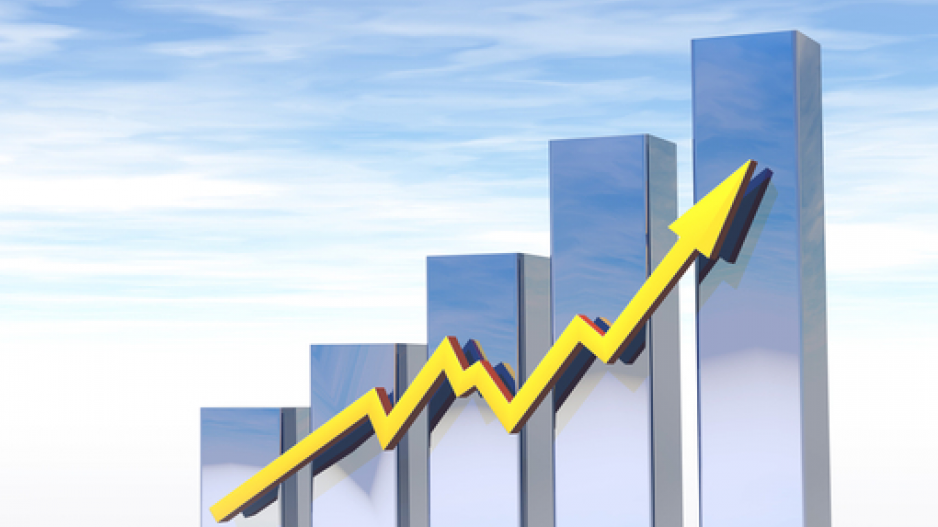British Columbia was second only to Alberta when it came to growth in real gross domestic product in 2014, Statistics Canada announced April 28.
The provincial economy grew 2.6% in 2014 after increasing 2.1% in 2013, while Alberta saw a surge of 4.4%.
“Strength [in B.C.] was broad-based, with gas and metal production rising, residential construction firm and manufacturing acceleration after zero growth in the prior year,” BMO’s Robert Kavcic said.
“This solid momentum should hold this year, as the province is poised to lead the provincial pack for the first time in a decade.”
Kavcic pointed out that although oil and gas extraction in Alberta rose 7.1% and oil and gas related support activities soared 17% in 2014, “that story is already a distant memory.”
“While production should continue to grind higher this year, support activity and capital investment in the sector will fall sharply, which will likely pull Alberta down toward the bottom of the provincial leader board, ending its impressive five-year run,” he said, referring to the fact that Alberta has seen growth above 4% for each year of the last half-decade.
In terms of dollar value, the sector with the biggest jump in B.C. was service-producing industries, which grew by $4.1 billion or 2.7%. This was followed by real estate and rental and leasing, up $1.3 billion (up 3.9%).
A dip in educational services provided the biggest offset to growth, as this sector fell $432 million or 4% in 2014.
Across the country, real GDP grew 2.4% after advancing 2.1% in 2013. The only provinces to see a decrease in real GDP in 2014 was Newfoundland and Labrador, down 2.9%. New Brunswick saw no change.
“There are probably two key messages here for the year ahead: the much better momentum in B.C. and Ontario looks sustainable, while Alberta’s position atop the pack is clearly not.”
Prior to the announcement, the Canadian dollar was trading at 82.71 cents U.S. As of press time, it had surged to 83.13 cents U.S.




